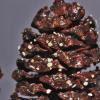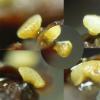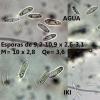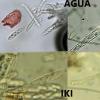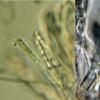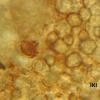
12-03-2016 14:16
Apotecios de un tamaño muy pequeño en semillas d

12-03-2016 11:59
Unos apotecios pequeños y gelatinososA ver que os

12-03-2016 06:25
Dear all, I'm looking fot that paper : Distrib

11-03-2016 21:21
Marcel VegaHi friends,anyone has an opinion on Hiemsia cleist

11-03-2016 17:59
Thorben HülsewigHi there,yesterday i found on a rotten wood (near

11-03-2016 15:18
Thorben HülsewigHi there,yesterday i found under a rotten wood (Fa
En semilla del aliso (Alnus rubra)
Castillo Joseba,
12-03-2016 14:16
Pueden ser Hymenoscyphus ?
Saludos
Joseba
Gernot Friebes,
12-03-2016 15:56
Re : En semilla del aliso (Alnus rubra)
Maybe Calycellina alniella.
Best wishes,
Gernot
Best wishes,
Gernot
Castillo Joseba,
12-03-2016 18:03
Re : En semilla del aliso (Alnus rubra)
Gracias Gernot
Joseba
Joseba

